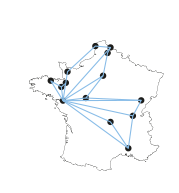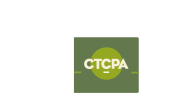
Coordination
Partners
Objectives
Since the EGalim Law came into effect, manufacturers have been required to notify inspection services of major microbiological nonconformities, whether they be in the finished products or in their work environment. In order to ensure good hygiene in industrial environments, it is crucial to implement cleaning and disinfection procedures. The safety of food products depends on the effectiveness of these operations. Effectiveness must be measured in terms of visual, microbiological and chemical cleanliness.
In this context, the Actia Chlean joint technological network wants to help companies improve their performances, taking into account economic and societal changes, so that they can:
- guarantee and control food safety and quality while limiting or eliminating the use of preservatives;
- limit the use of chemicals (during cleaning and disinfection, for example);
- improve their range through product diversification, which implies more “small” production runs and a need to control the risk of cross contamination.
For this, the network’s objectives are:
- to optimise cleaning and disinfection operations while guaranteeing food safety and employee health and safety with minimal environmental impact;
- to provide companies with analytical and decision-aid tools to improve the effectiveness of these operations;
- and to distribute this work widely throughout the food industry.
Actions
The Actia Chlean joint technological network’s programme has three main areas of action (parts 1-3), which may take the form of short, medium or long-term actions, and a fourth area – the essential transfer and communication of knowledge – which covers the first three areas.
Part 1: The detection of microbiological and chemical contamination.
Part 2: The prevention and correction of microbiological and chemical contamination.
Part 3: The creation of a European network of scientific partners.
Part 4: Dissemination and sharing of know-how.
Guide on best practices for surface sampling in the food industry - 2021






